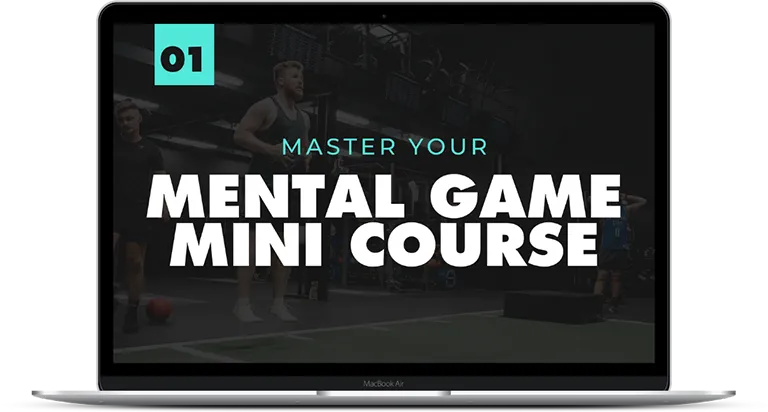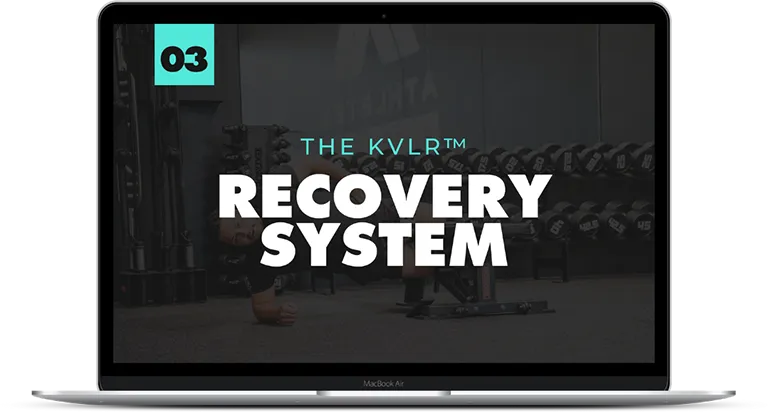Athletes Authority
The blog

Developing Maximal Power As An Athlete
Maximise These Four Things For More Athletic Power
Power is a critical factor in the success of many athletes, as it allows them to generate force, speed, and explosiveness in their movements (Kraemer & Ratamess, 2005). Whether an athlete is looking to increase their speed on the track, their strength in the weight room, or their explosiveness on the field or court, developing power is essential (Bompa, 2009). In this blog, we will explore some of the key strategies that athletes can use to develop their power and take their performance to the next level.
Power Is Built On A Foundation Of Strength
One of the most effective ways for athletes to develop power is through weight training (Kraemer & Ratamess, 2005). By lifting weights and performing exercises that target the major muscle groups, athletes can increase their strength and power (Bompa, 2009). Some of the best exercises for developing power include squats, deadlifts, bench press, and power cleans (Kraemer & Ratamess, 2005). It is important for athletes to use proper form when performing these exercises, and to progressively increase the weight and intensity as they become stronger (Bompa, 2009). For example, starting with lighter weights and gradually increasing the weight as the muscles adapt can help to avoid injury and promote muscle growth (Kraemer & Ratamess, 2005).
Once You Can Produce Force, You Then Need To Learn How To Produce It, Faster.
In addition to weight training, plyometric exercises are another effective way for athletes to develop power (Kraemer & Ratamess, 2005). Plyometrics are high-intensity, explosive movements that involve rapid muscle contractions and release (Bompa, 2009). Examples of plyometric exercises include box jumps, bounding, and the triple hop (Kraemer & Ratamess, 2005). These exercises can help athletes develop the fast-twitch muscle fibers that are essential for power and explosiveness (Bompa, 2009). Plyometric training can be challenging and should be approached with caution, especially for beginners or those with a history of injuries (Kraemer & Ratamess, 2005). It is important to start with lower-intensity exercises and gradually increase the difficulty as the muscles adapt (Bompa, 2009).
Sprints Training Helps You Transfer Power Into The Field Of Play
Another important factor in developing power is speed (Kraemer & Ratamess, 2005). The faster an athlete is able to move, the more powerful they will be (Bompa, 2009). To increase their speed, athletes can incorporate speed training exercises into their workouts, such as sprints, shuttle runs, and agility drills (Kraemer & Ratamess, 2005). It is also important for athletes to work on their technique and form, as this can help them move more efficiently and effectively (Bompa, 2009). For example, proper body alignment, footwork, and arm action can all contribute to an athlete’s speed and power (Kraemer & Ratamess, 2005).
You Can Only Train As Hard As You Recover
In addition to training, nutrition and recovery are also important for developing power (Kraemer & Ratamess, 2005). Proper nutrition is essential for providing the energy and nutrients that the body needs to recover and adapt to training (Bompa, 2009). It is important for athletes to consume a balanced diet that includes a variety of whole, unprocessed foods, such as fruits, vegetables, lean proteins, and complex carbohydrates (Kraemer & Ratamess, 2005). Adequate rest and recovery are also crucial for allowing the body to repair and rebuild itself after intense training sessions (Bompa, 2009). This can include getting enough sleep, taking rest days, and using recovery techniques such as stretching and foam rolling (Kraemer & Ratamess, 2005).
Conclusion
Developing power is essential for many athletes looking to improve their performance (Kraemer & Ratamess, 2005). By incorporating weight training, plyometrics, speed training, and proper nutrition and recovery into their training routine, athletes can increase their power and take their abilities to the next level (Bompa, 2009). By consistently applying these strategies and staying dedicated to their training, athletes can overcome challenges and reach their goals (Kraemer & Ratamess, 2005).
References:
Bompa, T. (2009). Periodization: Theory and methodology of training (5th ed.). Champaign, IL: Human Kinetics.
Kraemer, W. J., & Ratamess, N. A. (2005). Fundamentals of resistance training: Progression and exercise prescription. Medicine & Science in Sports & Exercise, 37(6), S704-S716.
Want to improve your speed and agility on the field of play? Click here to learn more
Our resources

Master your mental game Mini Course
Discover the mindset strategies of the World’s Greatest Athletes so you can turn your mind into a weapon of performance.

THE ATHLETES AUTHORITY RECOVERY SYSTEM
Performance = fitness – fatigue. Reduce your fatigue and recover faster with our 3-step recovery system.
QUICK LINKS
CONTACT US
GYM HOURS
Open 5am-Midnight 7 days.
MELBOURNE LOCATION
SYDNEY LOCATION
© 2023, Athletes Authority | All Rights Reserved
Website & Marketing Powered By Gymini

